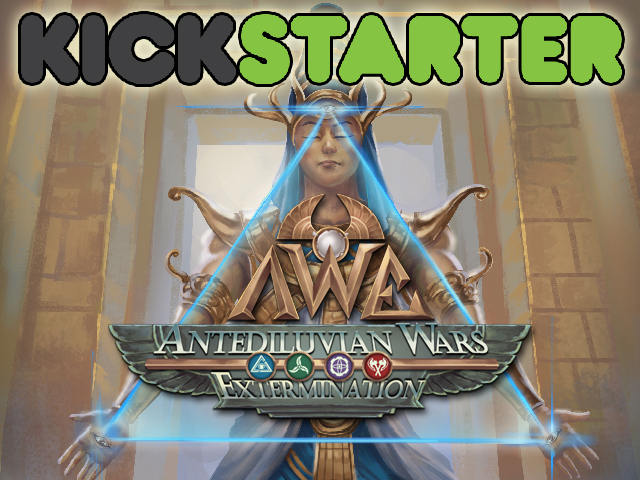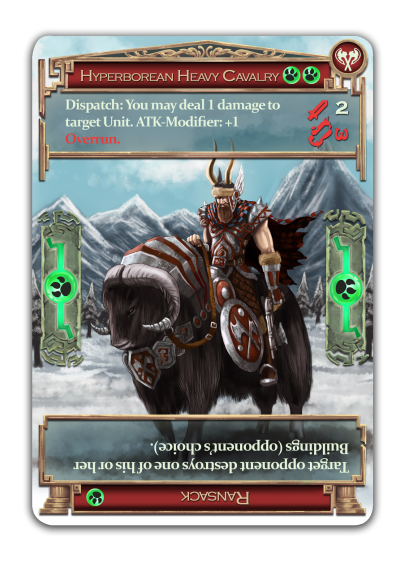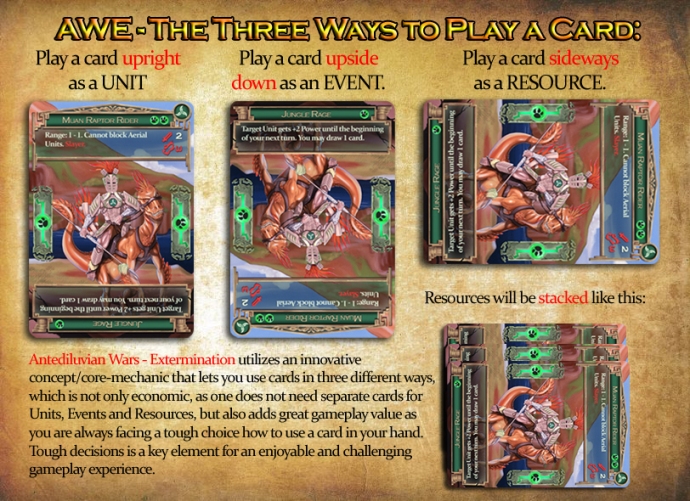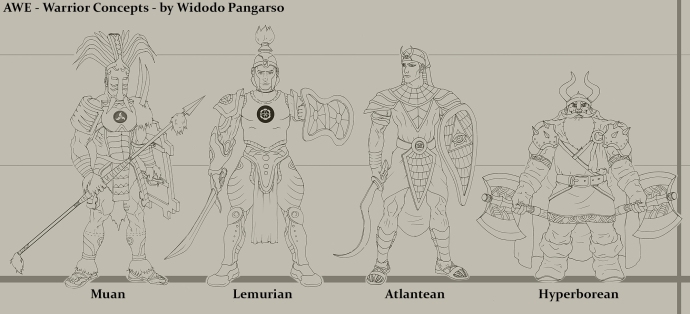MOBA, No Duh
LoL is classified as a MOBA, a Multiplayer Online Battle Arena. There are quite a few such games these days--DoTA 2, Smite, Heroes of the Storm, etc. You can look 'em up if you're interested, but they're CLEARLY inferior to League of Legends, otherwise I'd be writing the article about them. MOBAs also have the moniker "action real-time strategy games," which is awesome not just because "ARTS games" are now thing (hah!), but because it's a pretty apt description.
MOBA games are team-based real-time action games--there's no waiting for your opponent's turn to finish. The clock is always ticking, and if you're not accomplishing anything useful, the enemy team is likely gaining an advantage. Each player controls a single character with a limited set of abilities. Together, teammates must coordinate to destroy the enemy base before the enemy team destroys their base.
There are plenty of game modes within most MOBAs, but the basic game mode is 5v5 on a map like the one above. The two blue corners represent the bases that need to be destroyed. The yellow bars represent paths or "lanes."
Each base regularly spawns minions that march down the three lanes. These minions (also known as "creep") do not respond to commands from any of the players; they just march down their lanes and automatically attack any enemies they see. If they encounter an enemy structure, they will attack it until it is destroyed.
The blue dots on the map represent towers or turrets that defend the lanes. Any enemies (including minions) that come in range will be attacked by these towers. The towers also give vision of the map, which makes it very difficult to sneak into the enemy base without being noticed.
The green area is the jungle. This has a lot of twisting paths through which players can travel from lane to lane. There are also neutral monsters in the jungle that players can attack to gain extra gold and experience.
Since there are typically 5 players on a team and only 3 lanes, players will usually take up specific positions in the early game. In League of Legends, one player will take the top lane, one in the mid lane, two in the bottom lane (one of which is usually a support character), and one in the jungle who roams between the lanes and helps alleviate pressure.
Build It Up, Tear It Down
League of Legends steadily ramps up towards a very intense end game. Players' characters or "champions" start with a small amount of gold and no experience points. As they kill minions and enemies and destroy objectives, they acquire more gold (which they can use to purchase items at their base) and more experience (which allows them to level up their abilities or gain new abilities).
In the early game, players will jockey for gold by "farming" minions. This means dealing the killing blow to a minion and gaining the gold for the kill. Simply being nearby when a minion dies will gain a player experience, but gold is only won by the person who deals the final blow. This is also called "creeping" and is an important skill to learn.
In the early game, farming is key. Many players will practically ignore enemy champions during the first few minutes of the game in favor of farming. (Of course, this can leave a player open to early ganks if they're not careful. If you're taking damage in order to kill creep, the opponent could jump in and finish you off. You can't farm when you're dead!)
 |
| Baron Nashor, an important objective in the jungle, halfway between the mid and top lanes. |
As players gain more gold, buy more items, and level up their abilities, they will become more powerful. Additionally, they will push the waves of minions up to the towers and take the towers down, breaking apart the enemy defenses. During the mid game, players will start to roam into other lanes and apply targeted pressure. They will take key objectives, such as: the dragon, which gives a global stat boost to every player on the team; Baron Nashor, who is a tough mofo, but gives a powerful temporary boost to every living player on the team; enemy towers; and inhibitors. Inhibitors are defenseless structures in the enemy base that sit behind the third tier of towers. When your team destroys an enemy inhibitor, your base begins spawning super minions, which are tougher and deal more damage.
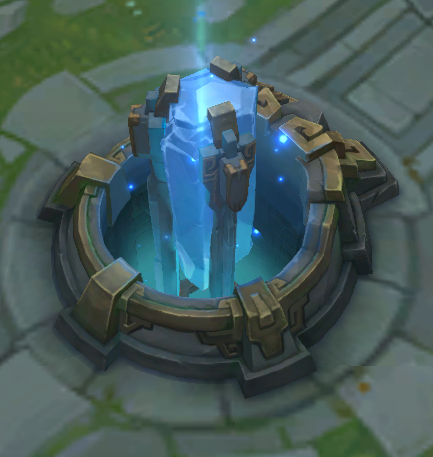 |
| This is an inhibitor, yo. |
 |
| Blue side's nexus, guarded by two towers to ward off attacks by the filthy purple team. |
First to destroy the nexus wins, every time. Doesn't matter how many kills you get; if you don't level up, buy items, take objectives, and destroy the nexus, you lose.
FREEEEEEEEDOOOOOOOOM
League of Legends is completely free to play. Seriously. You don't have to spend any money to enjoy every aspect of the game. You can acquire every champion and play every game mode without spending a dime. Playing a match earns you IP, which can be used to purchase champions as well as "runes" which give you slight stat boosts during a game.
There are more than 120 champions in League of Legends, each with their own unique abilities and advantages. There are close-range tanks that soak up damage and do annoying things to draw enemy fire. There are ranged marksmen that dish out a lot of damage, but have to avoid TAKING damage because they are mighty squishy. There are spellcasters and healers and assassins and a Koopa turtle with a spin move that looks like Sonic the Hedgehog. Also robots and ponies and pirates and cowboys and a scarecrow. And tiny little people called yordles with adorable chubbly cheeks.
Really, no matter your tastes, you're going to find champions that connect with you.
There are always 10 champions available without having to purchase them. Those free champions rotate each week, so you can always try new champions. Riot Games does a good job of giving players a good variety within the free champs--there's always at least one good champion for each of the five major roles, with a diversity of play styles and themes. If you jump into the game, just try a few of the free champs and see what you like!
Once you've found characters that you like, you can purchase them in the store using the IP you've gathered from playing the game!
IP lets you buy everything in the game, with one exception. Skins.
I know what you're thinking. "Psh, why would I want to pay real money so that my fake digital character can wear different clothes?"
YOU CAN PUT THAT THOUGHT AWAY RIGHT NOW.
Why would you want your champion to look like this:
When you could look like this:
Would you really prefer this:
Over this:
As much as I love this champion:
I have to admit she looks much better like this:
I guess I can kinda see why some people would have trouble choosing between this:
And this:
Here's the thing about champion skins: They don't JUST change how the character looks, although frankly that alone is pretty awesome. They also add new or different phrases the champion will say--entirely new voice work for your character! AND the animations are different, which doesn't just look cool, but can actually have a minor effect on the game. If your opponent is used to your attack looking a particular way, then changing the animation can actually throw off their ability to dodge. Which means that skins aren't just awesome, they can actually help you win!
But you can only acquire them by purchasing RP, which costs real dollars. And let me tell you, plenty of people are shelling out, because Riot Games makes approximately ALL THE MONEY each quarter. The League of Legends World Championship took place recently and had a prize pool of $2 million.
Still, you can thoroughly enjoy the game without ever spending any money at all. And I really do think you'll enjoy it.
Download the game here.
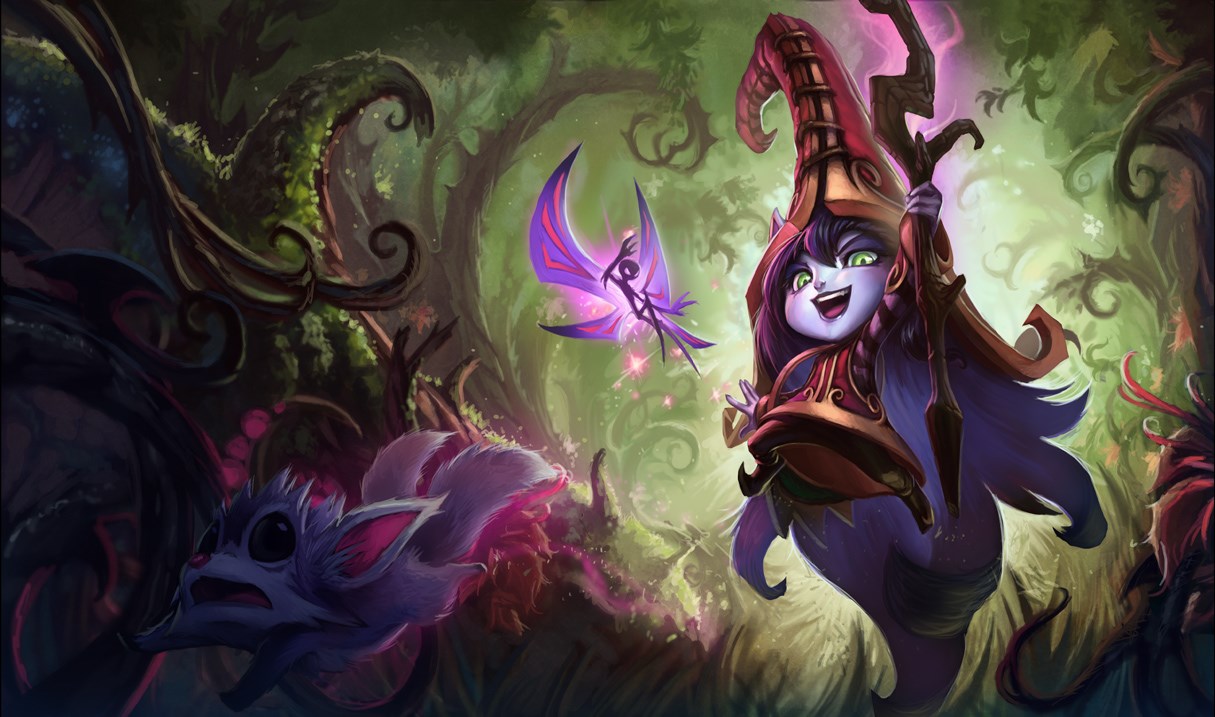 |
| SOOOO CUUUUUTE |
There are always 10 champions available without having to purchase them. Those free champions rotate each week, so you can always try new champions. Riot Games does a good job of giving players a good variety within the free champs--there's always at least one good champion for each of the five major roles, with a diversity of play styles and themes. If you jump into the game, just try a few of the free champs and see what you like!
Once you've found characters that you like, you can purchase them in the store using the IP you've gathered from playing the game!
IP lets you buy everything in the game, with one exception. Skins.
 |
| Skins. Why did it have to be skins? |
I know what you're thinking. "Psh, why would I want to pay real money so that my fake digital character can wear different clothes?"
YOU CAN PUT THAT THOUGHT AWAY RIGHT NOW.
Why would you want your champion to look like this:
 |
| This is your Blitzcrank |
When you could look like this:
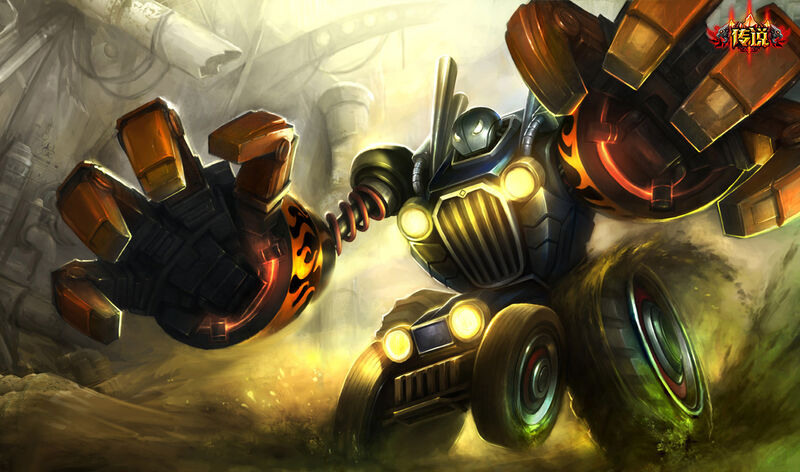 |
| This is your Blitzcrank on AWESOME |
Would you really prefer this:
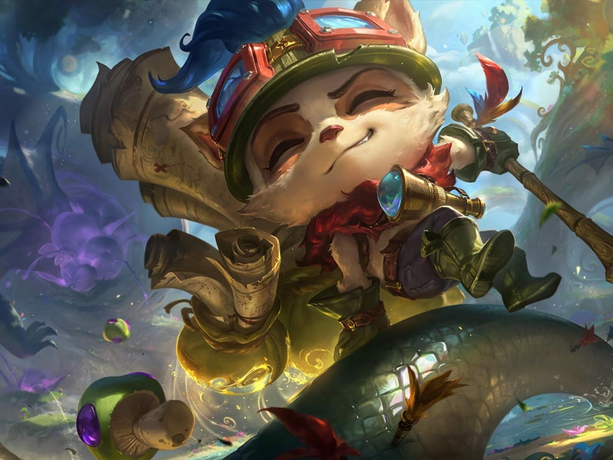 |
| Say hello to Teemo |
 |
| Say hello to Teemo... IN SPACE |
As much as I love this champion:
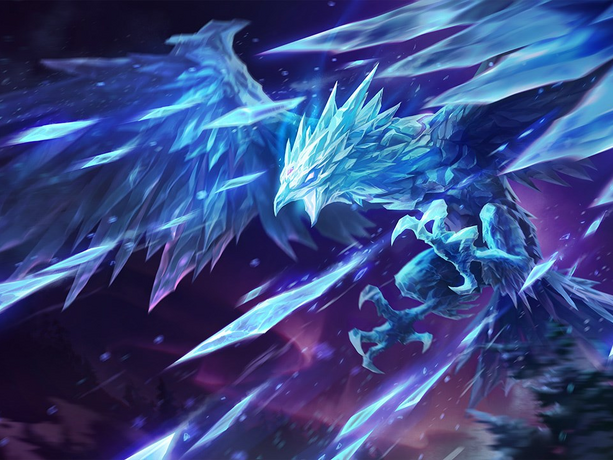 |
| Oh, Anivia. How I love you |
 |
| WAAAAAAANT |
 |
| Miss Fortune |
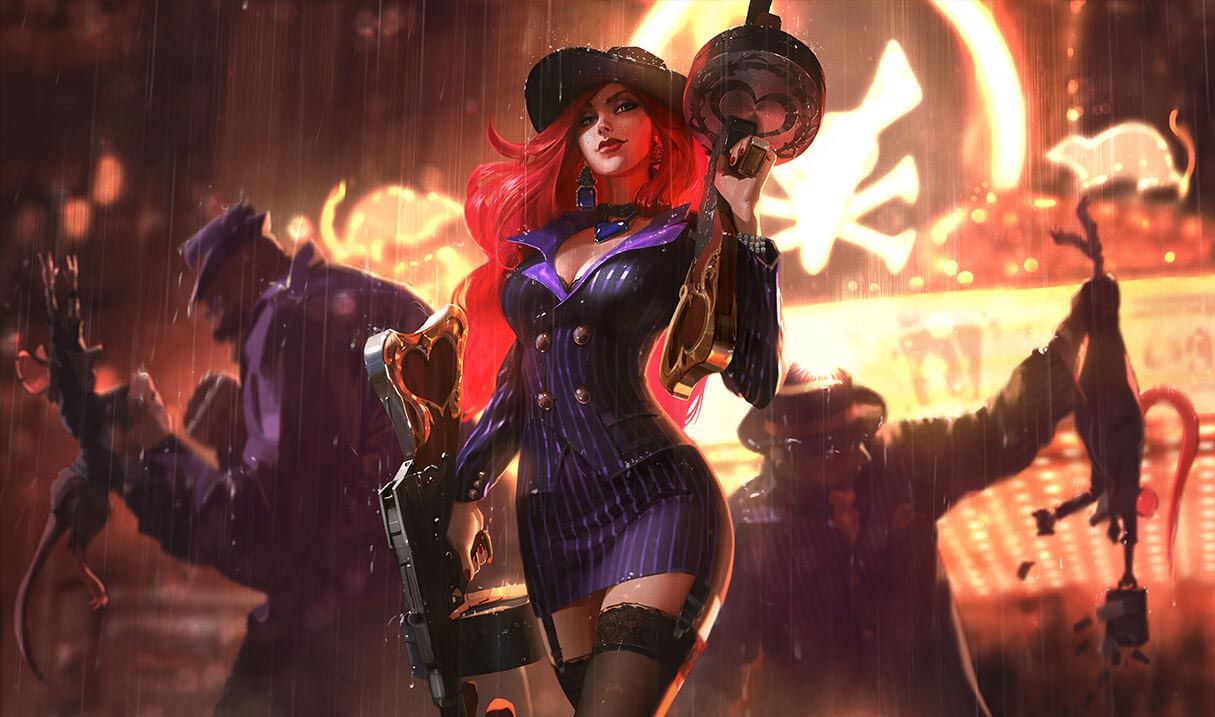 |
| Miss Fortune IN THE MAFIA WHY DO PEOPLE NEED CONVINCING ON THIS |
Here's the thing about champion skins: They don't JUST change how the character looks, although frankly that alone is pretty awesome. They also add new or different phrases the champion will say--entirely new voice work for your character! AND the animations are different, which doesn't just look cool, but can actually have a minor effect on the game. If your opponent is used to your attack looking a particular way, then changing the animation can actually throw off their ability to dodge. Which means that skins aren't just awesome, they can actually help you win!
But you can only acquire them by purchasing RP, which costs real dollars. And let me tell you, plenty of people are shelling out, because Riot Games makes approximately ALL THE MONEY each quarter. The League of Legends World Championship took place recently and had a prize pool of $2 million.
Still, you can thoroughly enjoy the game without ever spending any money at all. And I really do think you'll enjoy it.
Download the game here.


